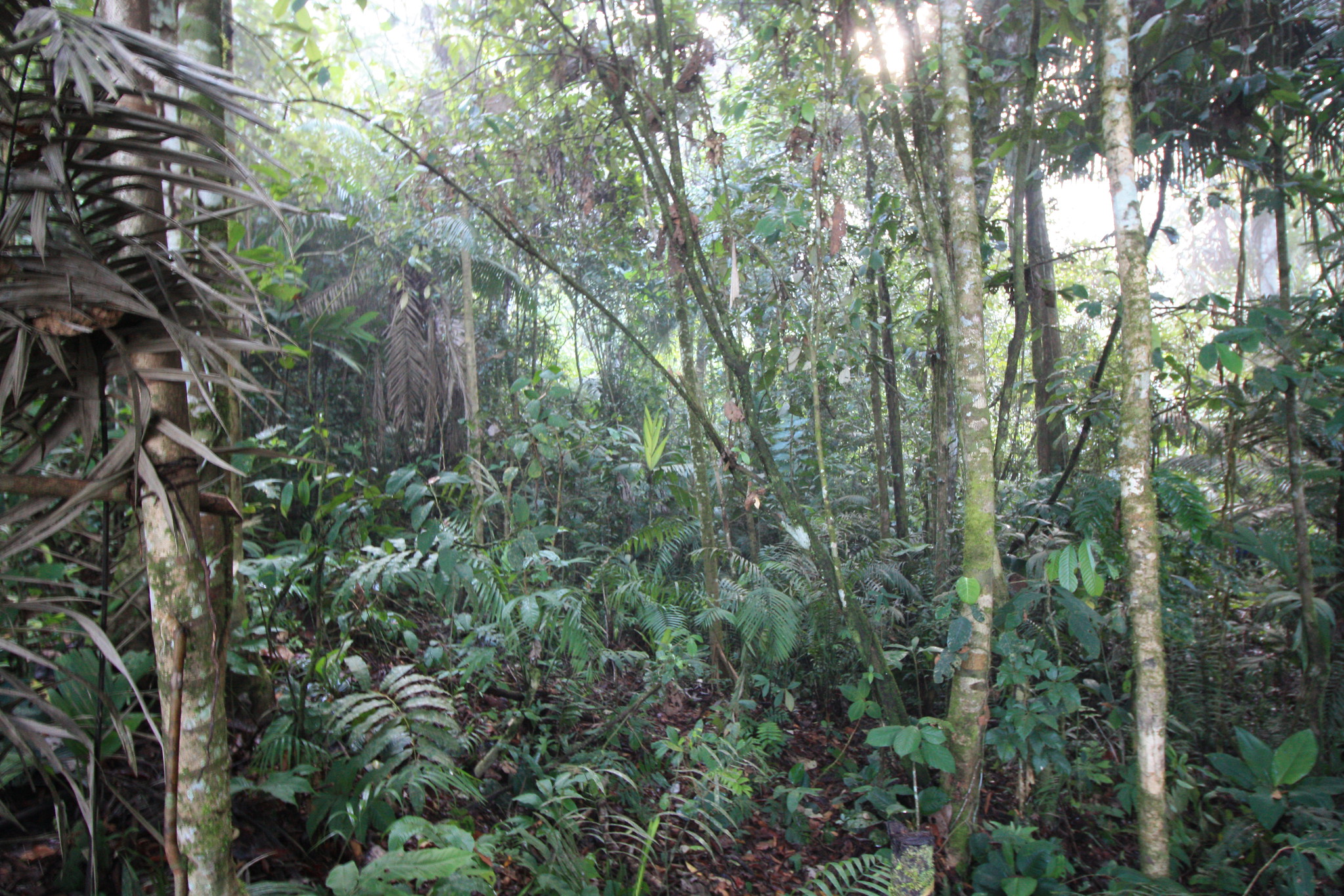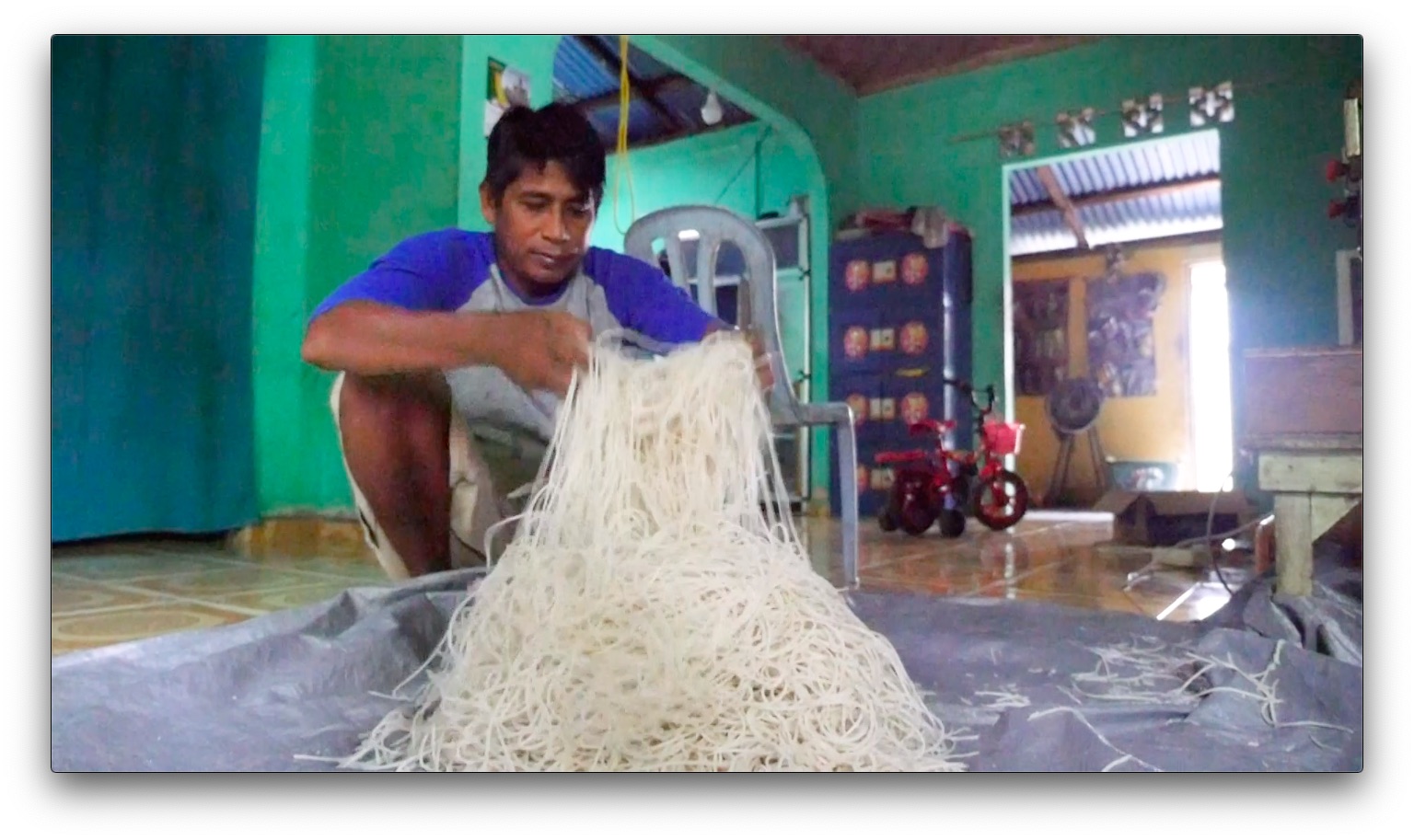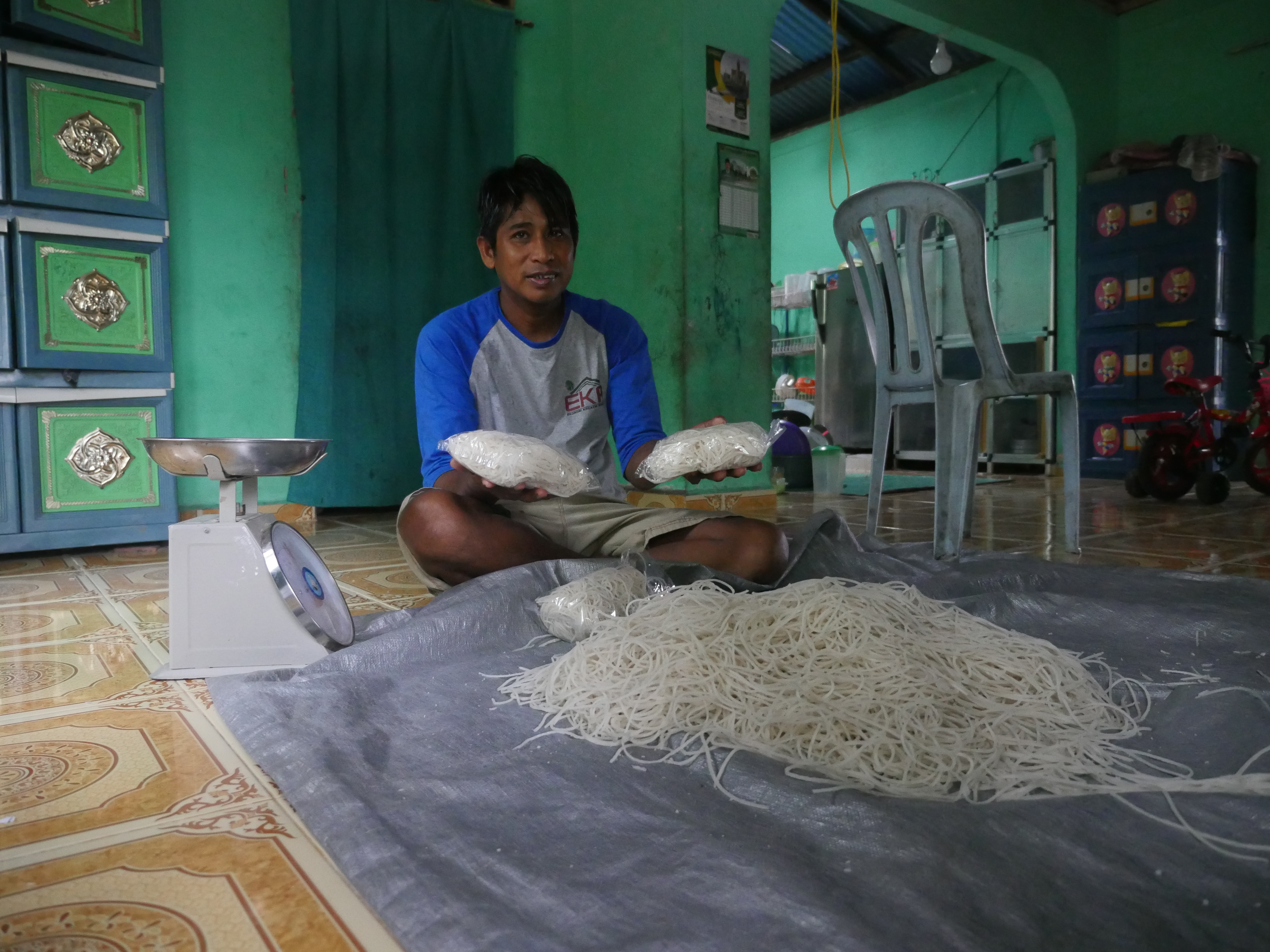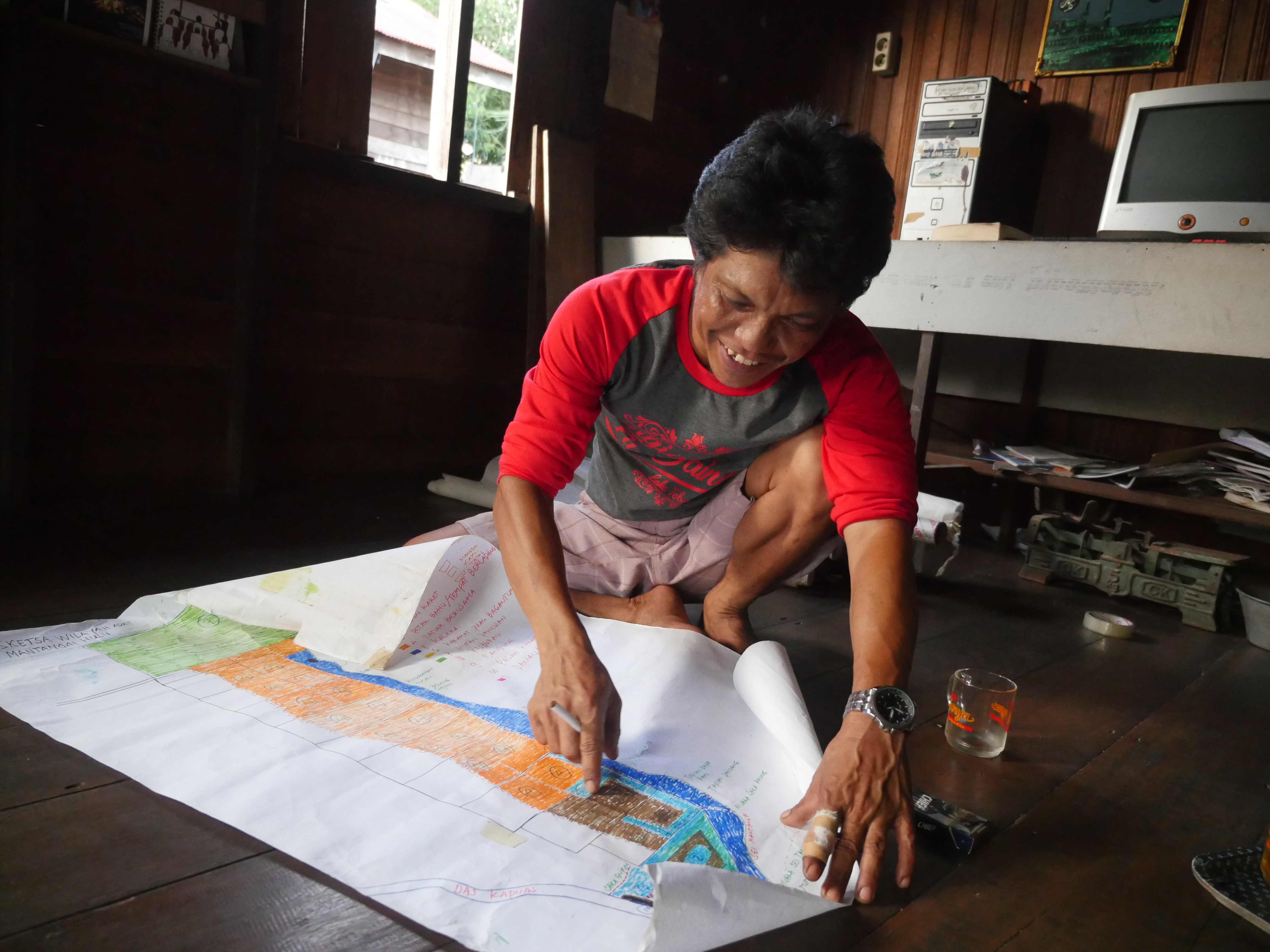Project February 10, 2019
Notes from the Underground: How Degraded Peatlands Could Accelerate Global Warming
Country:
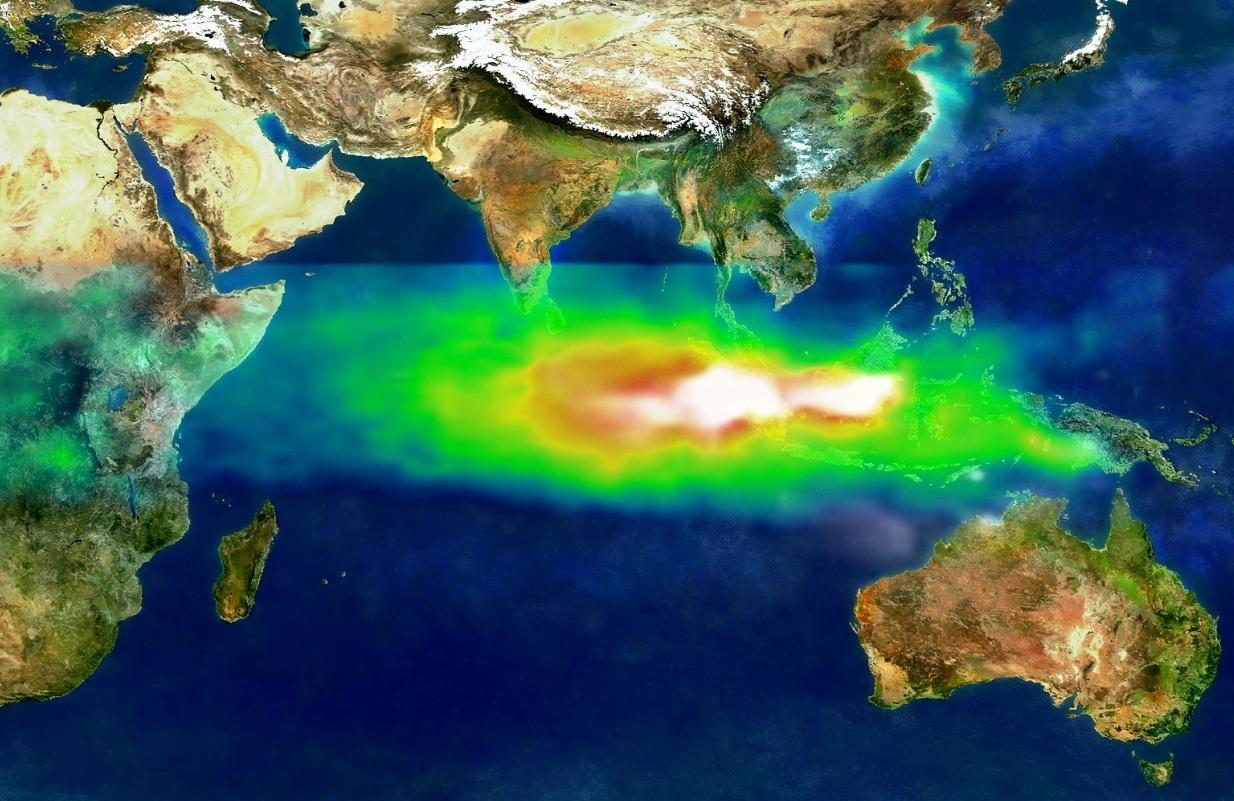
In 1996, Indonesia began the Mega Rice Project, plunging into one of the greatest environmental disasters. Crews cleared and drained a Belgium-size forest, including vast stretches of peatland, a perpetually waterlogged landform. The MRP was intended to feed the country of 200 million. But the project flopped and never grew the promised rice.
Once desiccated, the normally fire-proof peat became highly flammable. In 1997, the peat became an inferno and injected as much CO2 into the atmosphere as the entire U.S. Peat fires have reignited annually ever since, becoming most intense during El Niño years, with serious climate consequences.
The MRP's land has since been put to other agriculture uses, including oil palm and acacia trees. Large tracts of other peatland has also been drained and cultivated. Most of the jungle on the islands of Sumatra and Borneo—including essential habitat for orangutans and other rainforest species found nowhere else—has been cleared. Realizing its monumental error, Indonesia has begun an unprecedented effort to reverse some of the damage. The plan—involving closing off canals and rewetting the peatlands—could reduce burning.
The Indonesia disaster haunts climate scientists, who worry that other peatlands—in Amazon and the Congo—could also desiccate and unleash CO2 clouds, caused either by development activities or by changes brought by global warming.
Support for this reporting was made possible by the Rainforest Journalism Fund, in association with the Pulitzer Center.

